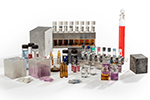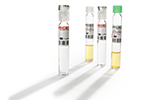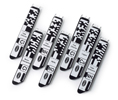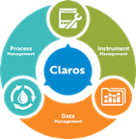-
Продукти
- Лабораторни инструменти
- Лабораторни измервателни уреди и сонди
-
Онлайн анализатори
EZ Series Analysers
- Iron
- Aluminium
- Manganese
- Phosphate
- Chloride
- Cyanide
- Fluoride
- Sulphate
- Sulphide
- Arsenic
- Chromium
- Copper
- Nickel
- Zinc
- Ammonium
- Total Nitrogen
- Total Phosphorus
- Phenol
- Volatile Fatty Acids
- Alkalinity
- ATP
- Hardness
- Toxicity
- Sample Preconditioning
- Boron
- Colour
- Nitrate
- Nitrite
- Silica
- Hydrogen Peroxide
- EZ Series Reagents
- EZ Series Accessories
-
Онлайн сензори и контролери
Датчици за pH и окислително-редукционен потенциал (ORP)
- 1200-S Redox
- 1200-S pH
- 12мм pH/Redox
- LCP pH/Redox
- Дигитален диференциален Redox
- Дигитален диференциален pH
- Диференциален pH
- Комбинация pH/Redox
- Химически вещества, реактиви и стандарти
- Автоматизирани лабораторни системи
- Тестови комплекти и ленти
-
Микробиология
Аксесоари и химикали Дехидратирана средаЛабораторни съдовеПодготвени среди
-
Лабораторно оборудване и запаси
Ръководства и справочни материали Стъклени съдове/Пластмасови съдове
- Claros Water Intelligence System
- Параметри
-
Софтуерни решения
-
Интелигентната система за вода Claros
Основни елементи на продукта Process Management
- Решения за:
- Отстраняване на BOD/COD
- Нитрификация/денитрификация
- Отстраняване на фосфора
- Управление на утайките
Data Management- Решения за:
- Събиране
- Визуализация и анализи
- Отчитане
- Точност на данните
Instrument Management- Решения за:
- Техническо обслужване
- Отстраняване на неизправности
- Дистанционен достъп
- Сравнение на лабораторните и технологичните данни
Предизвикателства пред индустрията Съответствие с нормите Намаляване на разходите Дистанционни операции Управление на данните Оптимизация на процесите Техническо обслужване на оборудването
-
Интелигентната система за вода Claros
- Индустрии
- Сервиз
- Новини
Your Process. Under Control.
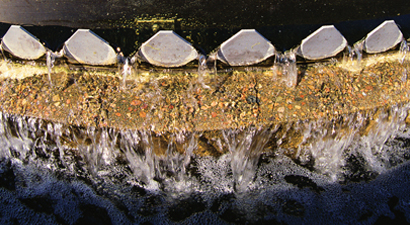 |
Hach’s off-the-shelf Real-Time Control (RTC) Systems adjust treatment processes in real time, keeping your facility compliant while reducing treatment costs. Controlling your process has never been so simple.
|
Maintain Compliance
Adjusting chemical dosing based on real-time data makes your process more consistent. The RTC-P system continually monitors phosphorus levels in your water and responds automatically to load changes, keeping your facility compliant. Controlling your process has never been so simple.
An Off-the-Shelf System
RTC is a plug-and-play system that is ready to use after a very simple set up. Minimal downtime is needed to install the system and once installed Hach will help you program your setpoints so you are fully prepared to monitor and treat your water in real time.
Save Money on Treatment
The RTC-P module is preprogrammed with algorithms that trigger appropriate chemical dosing based on phosphorus levels in your water and your desired DO setpoint. By dosing only what is needed, you save on chemical and sludge processing costs.
When We Say Service, We Mean Service!
Hach’s complete Service package includes routine maintenance visits and warranty repairs. A team of remote technical experts will monitor your system and send you reports so you know your system is working properly. It's like having a Hach Technician at your facility.
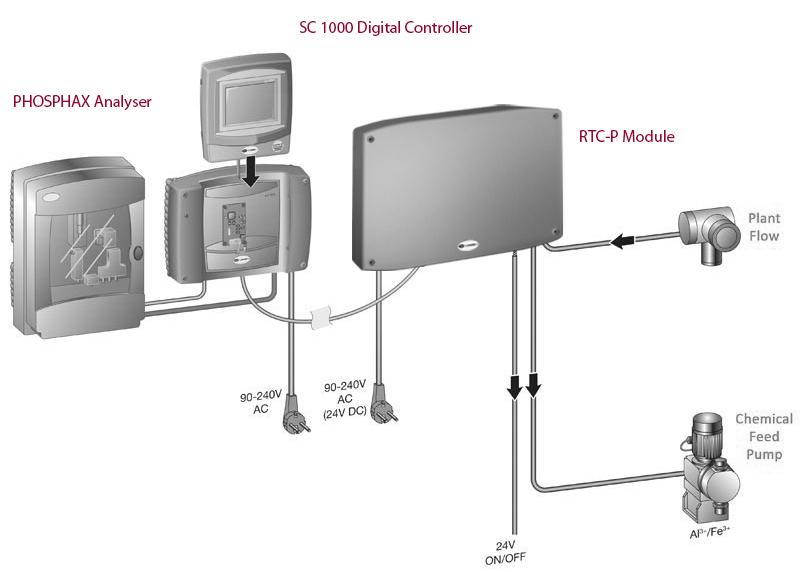
PHOSPHAX sc: highly flexible PO4 analyser for on-site measurement
High precision process-photometer for the determination of the PO4-P content by vanadomolybdate yellow method. The measurement is using a photometer with automatic zero-compensation.
- Wall mountable, rail mountable and mountable on a stand indoors or outdoors
- Optional 2-channel version for continuous sample preparation
- Simple handling and operation
- Accurate, reliable analyses
- Weatherproof
Can take one continous sample stream coming from a sample preparation. The analyzer is equipped with an insulated enclosure for indoor and outdoor installation. Flexible in the SC system, the analyzer can be combined with all sensors via the SC controller. Transparent, high quality measurement technology brings reliable values with the shortest response times (only 5 minutes from sampling to measured value!). Distorted measurement results are excluded. The yellow method requires very little reagent (more than 50 % less chemicals) and therefore reduces operating costs considerably. The complete system is installed tank-side and requires very little space.
Back to the top.
SC 1000: Local measurement of several parameters
Probe module for connecting up to 4 SC sensors, with analogue output card with 4 x 0/4-20mA OUTPUT, relay card with 4 break contacts (NC), and EU power cord for 100-240V AC power supply.
- Flexible: individually configurable
- Future-safe: always expandable
- Intuitive operation: display with touchscreen
- Many additional versions available on request
A controller system to which SC sensors can be connected and from which they can be controlled consists of a single SC 1000 display module and one or more SC 1000 probe modules. The system is configured modularly in line with customer-specific requirements and can be expanded at any time with additional measurement stations, sensors, inputs, outputs and bus interfaces.
The probe module is used to connect SC sensors to a measurement station. Several probe modules can be linked to create a SC 1000 network.
Back to the top.
RTC-P
Control module for automatic, load-dependant precipitant dosage for phosphate elimination. 1
- Load-dependent dosage
- Stable phosphate discharge values
- Reduced precipitant consumption
- Low level of sludge generation
- Simple installation
The real-time controller is designed to optimise chemical phosphate elimination at biological waste water treatment plants. Based on the current phosphate load, the module automatically calculates the minimum amount of precipitants needed to reliably meet the required discharge values. In addition, the reduced precipitant consumption also lowers the amount of sludge generated. This in turn lowers the costs incurred from sludge dewatering and removal.
Back to the top.
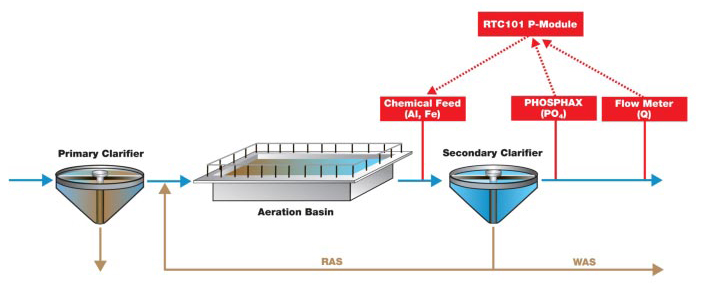 Theory of Operation
Theory of OperationThe RTC-P Module optimizes phosphorus removal in waste water treatment plants which use chemical phosphorus or biological phosphorus with a chemical polish. The RTC-P consists of a phosphate analyzer and a pre-programmes control module which can be connected to a PLC, which collects flow and phospahre information to calculate the actual phosphorus load and outputs and appropriate chamical dose needed to meet the targeted orthophoshate setpoint. Based on that information, a set- point is calculated to reliably meet the required effluent value.
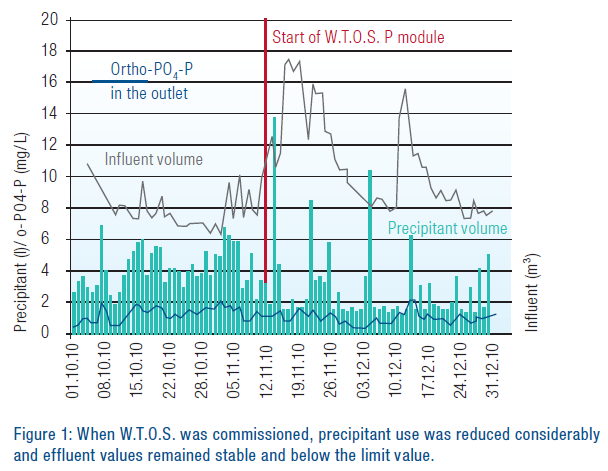
Strongly flcuctuating infl uent conditions
The Luckenwalde treatment plant, opened in 1998, needed to expand its measurement technology. In particular, the strongly fluctuating influent conditions (heavy rain, purged channels etc.) and the associated high nitrogen and phosphorus loads sometimes
made it difficult to comply with the discharge consent values.
Do you want to know what the solution is?
Read here the full application report.
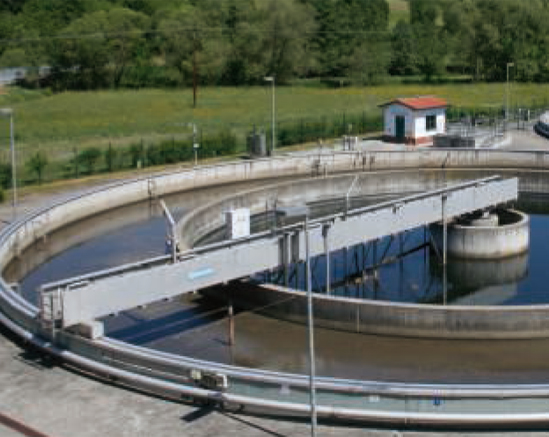 Phosphorus load peaks in the influent
Phosphorus load peaks in the influentThe Schlüchtern treatment plant always used to struggle with load peaks from a rain overflow tank that otherwise worked well. The phosphate precipitation, which was initiated manually, was often pushed to its limits by these peaks. As a result of this, the predefined value of 1.2 mg/L was not always able to be achieved.
Do you want to know what the solution is?
Read here the full application report.
Stellen Sie sicher, dass Ihre Anlage effizient arbeitet und die Wasserqualität das ganze Jahr ohne außerplanmäßige Ausfallzeiten überwacht wird.


